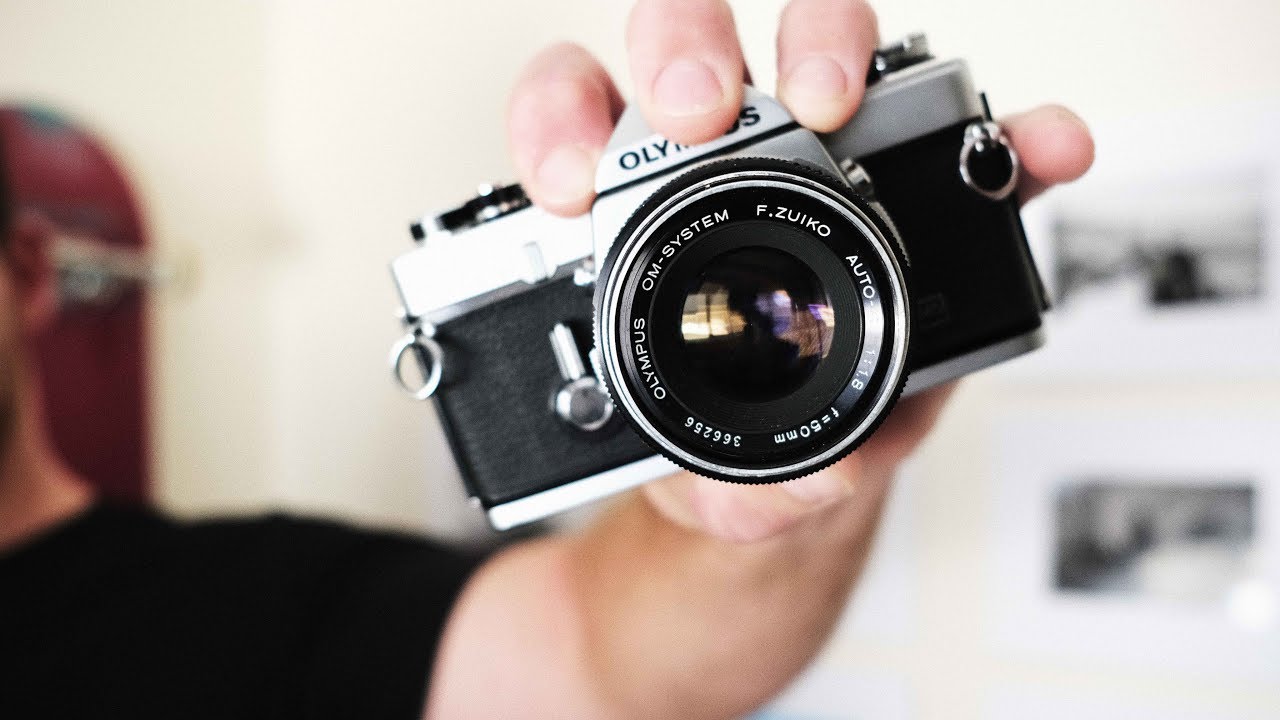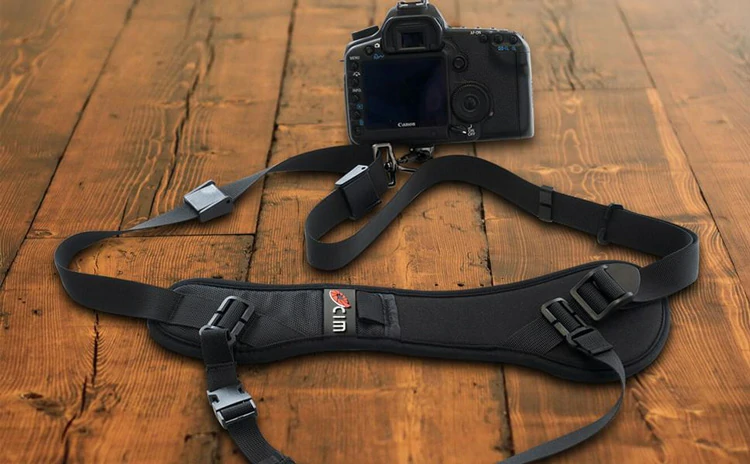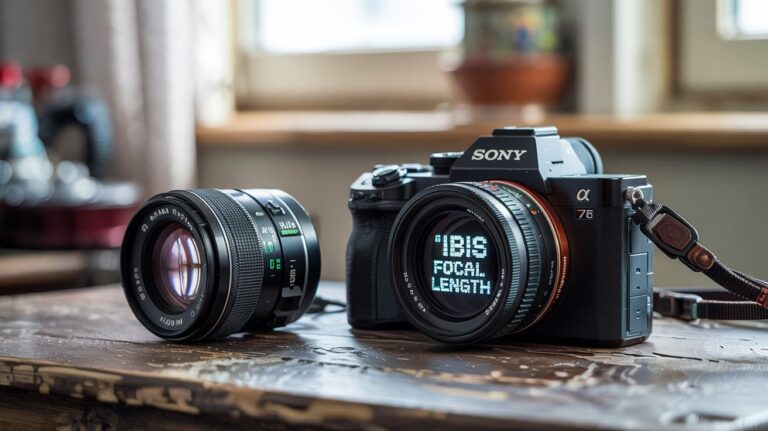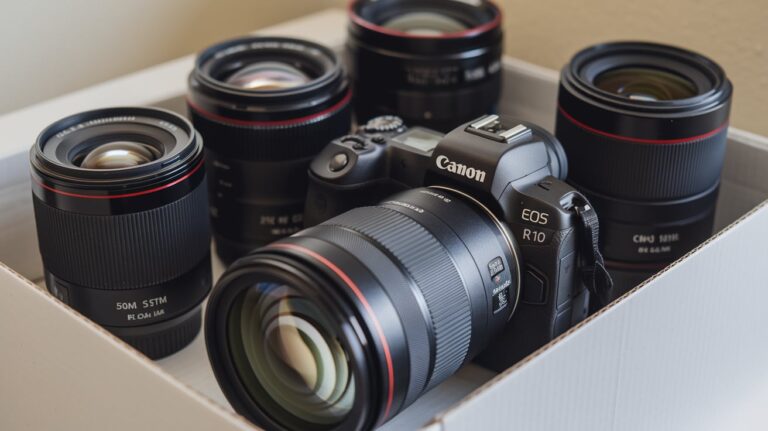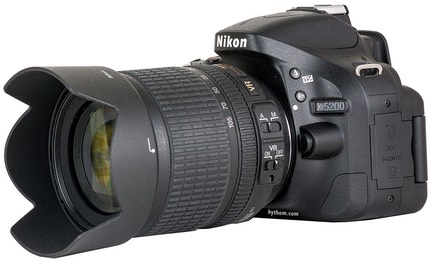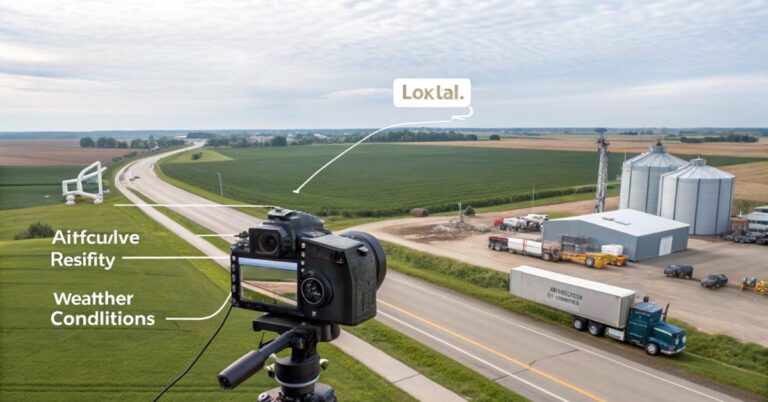Best Film Camera for Beginners (2025 Guide) – Top Picks, Tips & Buying Advice!
If you’re looking for the best film camera for beginners, you’re not alone. Film photography has made a huge comeback, attracting a new generation of photographers who want to slow down, shoot intentionally, and enjoy the timeless charm of analog images. Unlike digital, film forces you to think about composition, lighting, and exposure before pressing the shutter, which is an excellent way for beginners to learn the fundamentals of photography.
In this guide, we’ll explore why film cameras are perfect for beginners, what features to look for, the different types available, and the top models you should consider in 2025. Whether you want something vintage, fully manual, or a simple point-and-shoot, we’ve got you covered.
Why Film Photography is Great for Beginners?
Film photography offers something that digital can’t quite replicate, a sense of connection to the image-making process. For beginners, this can be transformative.
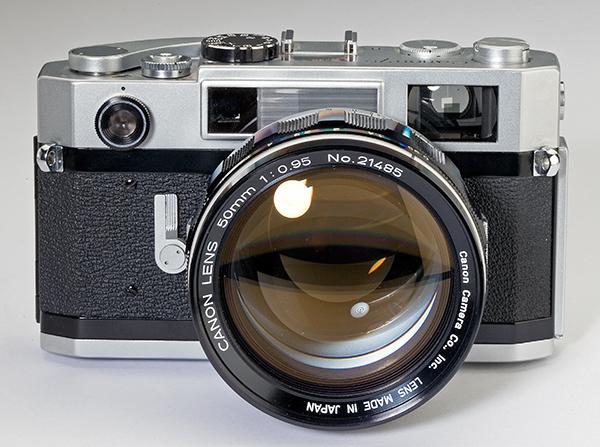
- Improves Photography Skills – Shooting film teaches you how aperture, shutter speed, and ISO work together.
- Encourages Patience – No instant previews mean you’ll think more carefully before each shot.
- Unique Aesthetic – Film grain, color tones, and contrast have a natural look that’s hard to mimic digitally.
- Physical Prints – You can hold and store your photos in albums instead of them being lost in a digital folder.
Film makes you slow down, which is exactly what new photographers need to master the craft truly.
What to Look for in a Beginner Film Camera
When searching for the best film camera for beginners, it’s essential to strike a balance between ease of use and creative flexibility. The right choice will help you learn without frustration and give you enough features to grow your skills over time.
Ease of Use
A camera with straightforward controls helps you focus on learning without being overwhelmed. Look for models with clearly labeled dials, simple viewfinders, and intuitive film-loading systems. Cameras with built-in light meters can also guide you toward correct exposure without requiring advanced knowledge.
Film Availability
Choose a camera that uses common formats like 35mm, widely available and affordable in many brands and styles. 35mm film is sold in most camera stores, online marketplaces, and even some supermarkets. This ensures you can keep shooting without worrying about sourcing rare or discontinued formats.
Affordability
As a beginner, you don’t need to overspend. Many great options exist under $200 that deliver excellent image quality. Buying second-hand from trusted sellers can save money while still providing a reliable, long-lasting camera. This also leaves you more budget for film rolls and developing costs.
Durability
A solid build ensures your camera will last through years of practice. Metal-bodied models from the 1970s–90s are often more durable than modern plastic designs. Good durability also means you can take your camera outdoors, travel with it, and not worry about small knocks or scratches affecting its performance.
Manual vs. Automatic
Manual settings teach more, but automatic modes can help ease you into film photography. Beginners might benefit from starting in auto or aperture-priority mode, then gradually moving to full manual for complete creative control. A camera that offers both will grow with your skills instead of limiting you.
Lens Compatibility
SLR cameras with interchangeable lenses give you room to grow creatively. Being able to switch from wide-angle to telephoto lenses expands your shooting possibilities, from landscapes to portraits. Choosing a camera with a lens mount that still has affordable, widely available lenses will make future upgrades easy.
Types of Film Cameras for Beginners
There are several types of film cameras worth considering, each with its own strengths.
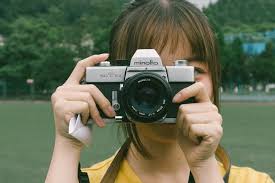
35mm SLRs
- Best for learning manual settings.
- Wide availability of lenses and accessories.
Point-and-Shoot Cameras
- Simple operation.
- Compact and travel-friendly.
Rangefinder Cameras
- Excellent for street photography.
- Quiet shutter and sharp lenses.
Instant Film Cameras
- Immediate results.
- Great for casual shooting and sharing.
Medium Format Cameras
- Superior image quality.
- Slower learning curve, more expensive.
Best Film Cameras for Beginners – Our Top Picks
Here are our expert-recommended models for 2025.
1. Canon AE-1 Program
A legendary beginner-friendly SLR from the 1980s.
- Key Specs: 35mm, shutter speeds 2s–1/1000s, Program AE mode.
- Pros: Affordable, reliable, easy to find.
- Cons: Slightly heavier than modern cameras.
- Why It’s Great for Beginners: Offers both automatic and manual control.
2. Pentax K1000
Often called the “student camera.”
- Key Specs: Fully manual, built-in light meter.
- Pros: Indestructible, simple design.
- Cons: No auto mode.
- Why It’s Great for Beginners: Forces you to learn exposure basics.
3. Olympus OM-10
Lightweight and stylish.
- Key Specs: Aperture priority, optional manual adapter.
- Pros: Compact, inexpensive.
- Cons: Needs batteries for operation.
4. Nikon FM2
A rugged classic that can last a lifetime.
- Pros: Fully mechanical, works without batteries.
- Cons: Pricier than some beginner models.
5. Minolta X-700
- Key Specs: Program, Aperture Priority, Manual.
- Pros: Flexible for learning and casual shooting.
6. Kodak Ektar H35 Half Frame
- Key Specs: Half-frame format doubles the number of shots per roll.
- Pros: Film-efficient, fun to use.
7. Fujifilm Instax Mini 90
- Key Specs: Instant prints, creative modes.
- Pros: Instant gratification for beginners.
8. Leica Minilux
- Key Specs: Premium build, 40mm f/2.4 lens.
- Pros: Outstanding image quality in a point-and-shoot body.
Comparison Table
| Camera Model | Type | Film Format | Best For | Price Range | Ease of Use |
|---|---|---|---|---|---|
| Canon AE-1 Program | 35mm SLR | 35mm | Balanced learning curve | $150–$250 | Medium |
| Pentax K1000 | 35mm SLR | 35mm | Full manual learning | $120–$200 | Medium |
| Olympus OM-10 | 35mm SLR | 35mm | Light travel photography | $100–$180 | Easy |
| Nikon FM2 | 35mm SLR | 35mm | Professional build | $350–$500 | Medium |
| Minolta X-700 | 35mm SLR | 35mm | Flexible shooting | $150–$250 | Easy |
| Kodak Ektar H35 | Point-and-Shoot | 35mm | Casual fun | $45–$65 | Very Easy |
| Fujifilm Instax Mini 90 | Instant | Instax Mini | Fun and social | $110–$130 | Very Easy |
| Leica Minilux | Point-and-Shoot | 35mm | Premium quality | $500–$800 | Easy |
Budget-Friendly Film Cameras for Beginners
Not everyone wants to invest heavily at the start. Models like the Canon AE-1 Program, Pentax K1000, and Olympus OM-10 can be found for under $200 on platforms like eBay or local camera shops. Always check:
- Light meter functionality.
- Shutter curtain condition.
- Lens glass for scratches or fungus.
Tips for Maintaining Your First Film Camera
- Store in a dry, cool place to prevent mold and fungus on lenses.
- Use a soft, microfiber cloth to clean the lens and viewfinder.
- Replace batteries periodically to avoid leakage damage.
- Avoid extreme heat or cold, as it can damage film and camera parts.
- Keep the camera in a padded bag to protect it from bumps and dust.
- Advance the film gently to prevent tearing or jamming.
- Get the camera serviced annually to keep mechanics in good shape.
- Never touch the shutter curtain or mirror with your fingers.
- Use silica gel packets in your camera bag to control humidity.
- Test the camera before important shoots to ensure it’s working properly.
Common Mistakes Beginners Make with Film Cameras
Common mistakes beginners make with film cameras include not advancing the film properly, which can lead to double exposures or blank frames. Using expired film without knowing its effects can cause unexpected color shifts and loss of detail. Forgetting to adjust the ISO after switching film stock often results in incorrect exposure.
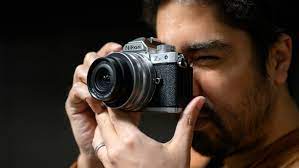
Many also over-rely on auto mode instead of learning manual settings, missing out on creative control. Additionally, handling film roughly can cause scratches, and failing to store it properly can lead to fogging or degradation. Neglecting to clean lenses and viewfinders regularly can also impact image quality.
Where to Buy Film and Develop Photos
- Film Supply: B&H Photo, Adorama.
- Local Stores: Many independent camera shops still stock film.
- Development Labs: The Darkroom, Richard Photo Lab, or local processing labs.
Beginner-Friendly Film Photography Tips
- Start with ISO 200–400 film for balanced exposure flexibility.
- Learn the Sunny 16 Rule to shoot without a light meter.
- Take notes about your settings to learn from results.
Conclusion
The best film camera for beginners is one that fits your budget, inspires you to shoot, and teaches you the fundamentals without overwhelming you. Whether you choose a fully manual Pentax K1000, a flexible Canon AE-1 Program, or a fun Fujifilm Instax Mini 90, the key is to start shooting and enjoy the process.
FAQs
1. What’s the cheapest film camera for beginners?
The Kodak Ektar H35 and Olympus OM-10 are among the most affordable, with prices often under $100.
2. Should I buy new or used film cameras?
Most film cameras are only available used, and buying used is perfectly fine if you check condition carefully.
3. Which film type is best for learning photography?
35mm film is the most accessible and affordable format for beginners.
4. How much does it cost to shoot film in 2025?
Expect around $15–$30 for a roll of film plus developing costs.
5. Is a film camera better than a digital camera for learning?
For understanding the fundamentals, film can be more effective because it forces deliberate shooting.
